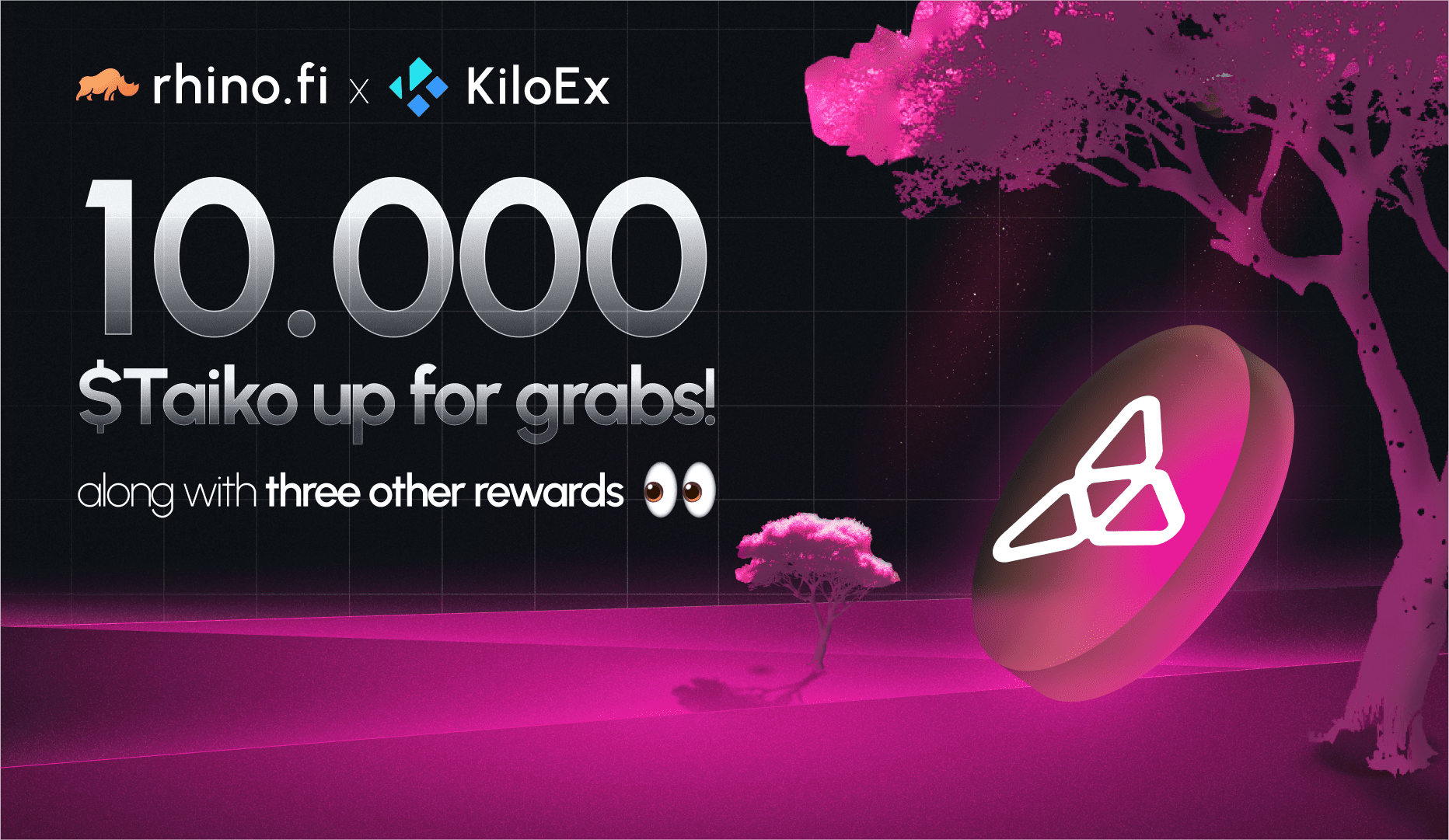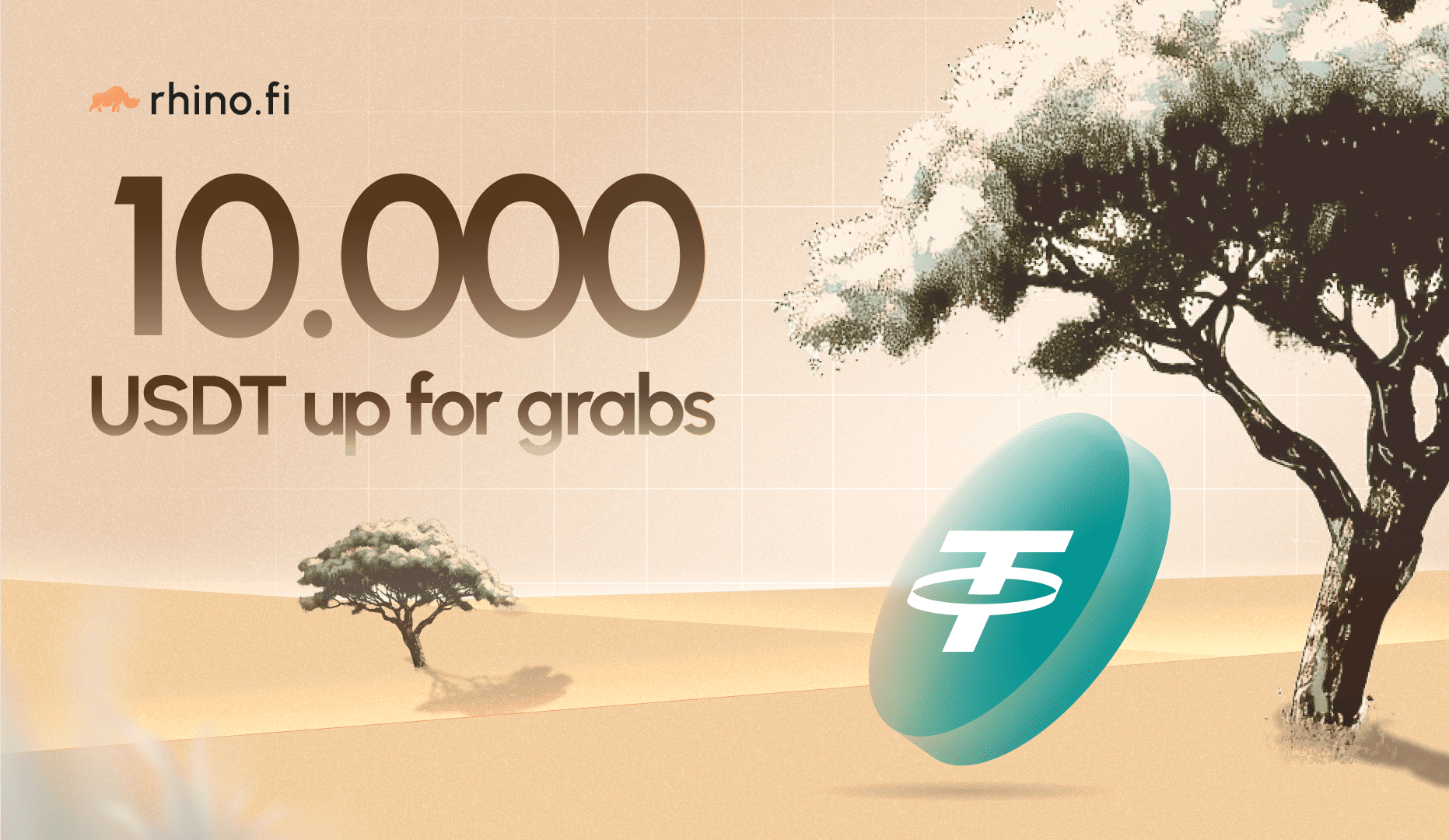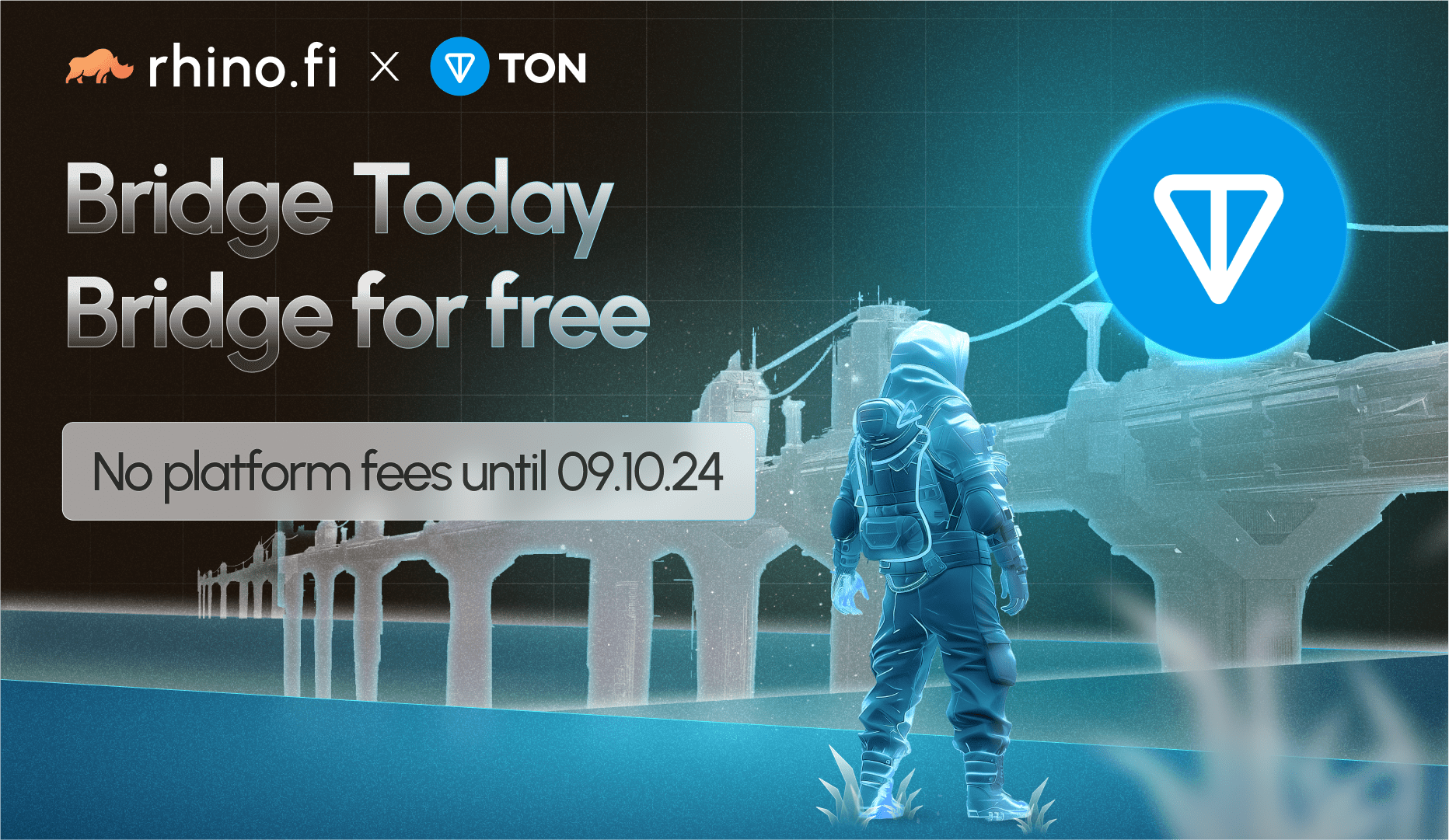The stuff you leave out is as important as the stuff you put in.
This maxim applies to a whole bunch of use-cases, but it’s particularly true when building a multi-chain DeFi aggregator.
Crypto and DeFi, for all the improvements they’ve made, are still full of shadiness. For every amazing project fighting for financial freedom, there’s a rug-puller or pump-and-dumper who wants to exploit it.
So, when building our DeFi aggregator platform, we do our due diligence on every single token we add. We can add a new chain, and its assets, to rhino.fi in just a few days (click here if you want more info about that), but just because we can, doesn’t mean we will.
Using CoinGecko and ParaSwap, we take as long as necessary to kick the tyres, crunch the numbers and make sure every single token in our cross-chain galaxy is legit. We won’t add anything until we know it’s good enough for you.
In this article, we’re going to give you a bit of info on our due diligence, so you know for sure that each new opportunity is safe to seize.
The 5 pillars of our token analysis
Is the token’s market cap visible?
This is important for two reasons. 1) it shows the token is a legit trading opportunity that people are already using and 2) it shows the number of tokens in circulation. This means that users have at least some of the information that they need when assessing a token to buy or sell.
Without knowing the market cap of a project, you may not know whether you’re buying a token that has the fully diluted market cap of all the world’s finance combined, or buying a potential hidden gem just as it’s launching.
How many token holders are on-chain?
The fundamental principle of blockchains is strength in community. Control is spread across an entire project and there’s no need for a big, faceless entity to control the funds. No single actor can cut off access or manipulate the asset value, and everyone has a stake in the project’s success, which minimises the risk of malpractice.
This is why we look at on-chain holders. If a majority of tokens are concentrated in a few wallets, that creates liquidity risks, raises the potential of price jumps and generally poses a threat to the rest of the trading community. The more holders, the better.
What’s the rates of slippage?
This feeds into the point above.
If a token price is too volatile, it won’t be a great trading experience for our rhino herd. You need to know that the price you seize is the price you get, without having your trades torpedoed by a huge swing once you’ve made them.
The core tenet of our multi-chain DeFi aggregator model is that our users should have as much choice as possible when it comes to the selection of tokens for buying and selling. However, a sign of low liquidity on-chain may indicate that the project is not in a good state generally.
What does the contract look like?
rhino.fi is written with clean, transparent and trustless code, and we want all the opportunities on our platform to share this commitment.
So we check the project code exhaustively before opening a multi-chain gateway. We want to ensure there’s no malicious stuff in there that could jeopardise users’ funds or pollute the rest of our project.
Unscrupulous token deployers can add all sorts of nasty elements into their tokens. Some are features (not bugs), some are sneaky back-doors and some are outright scams. Here are just some of the of the potential red flags we look for:
- Rebasing tokens. Tokens that change quantity in your wallet.
- Token taxes. Some tokens have fees associated with onward transfers that can be as high as 100% (yeah, you’re right to wince at that one).
- Whitelists or frozen tokens. Some tokens are not transferable and therefore buyers are stuck with them once they buy them.
There’s other stuff we look for, too, but these are the key considerations. Feel free to hit us up on Twitter, Reddit or Discord if you want more detail. We’d love to chat with you.
But if you take one thing from this article, it’s the knowledge that we only add opportunities that will enhance your trading experience. We think we’ve built the best DeFi aggregator in the world, and we won’t let some small-time crook ruin it – for you or for us. That’s a promise you can take to the bank….
Or, even better, you can put it on the blockchain.
If you have any other questions about our evolution as a DeFi aggregator and what this means, check out the post we wrote before Christmas. In fact, our Blog and Learn sections have loads of info about our platform, from basic wallet connection guides to advanced stuff about our latest chains as well as our swap, yield and investment opportunities.
And if you want to start trading, swapping and investing on rhino.fi, then here you go.





